London Wall
Scattered throughout London are ancient remnants of the city's former bounding wall.
It’s not uncommon to long for times past, when things were simple – when everyone watched the same TV shows, or when all you needed for a strong national defense was a sturdy wall.
Fortunately, the latter is not difficult to revisit in the city of London. Tucked away and hidden throughout the modern city, ancient pieces of what once formed London’s outer wall blend with contemporary streets and architecture to offer a reminder of the town’s historic roots.
Astoundingly almost two millennia old at this point, the London wall was constructed around 200 AD, when the city was part of the Roman empire. For centuries it acted as both a boundary wall for the city proper and its primary defense.
Today, the wall is obscure and understated, lying mostly in ruins throughout the city with little to no markings or fanfare proclaiming its importance. The most prominent memorial is a road that follows roughly the same path as the wall – and travels along many of its ruins – appropriately named London Wall.
The ruins themselves are harder to find. Sometimes visible down an alleyway or incorporated as part of a building’s foundation, other times standing as a silent remnant of centuries past juxtaposed against the sprawl of modernity, people walk past parts of the wall each day without knowing it.
One of the most impressive examples of this juxtaposition is the elaborate section of wall standing at Cooper’s Row. Set beneath and between ultramodern glass-and-steel buildings that were literally designed around the wall, and in front of a row of tall apartments towering over the space and resembling a masoned wall themselves, the ruins contribute to a montage of the old and the new, commenting on the city’s history as it tries and fails to hold back the tide of development.
Know Before You Go
Variable Locations. One section of the Wall is adjacent to the Museum of London and runs through the Barbican Centre, both related sites of historical interest.


















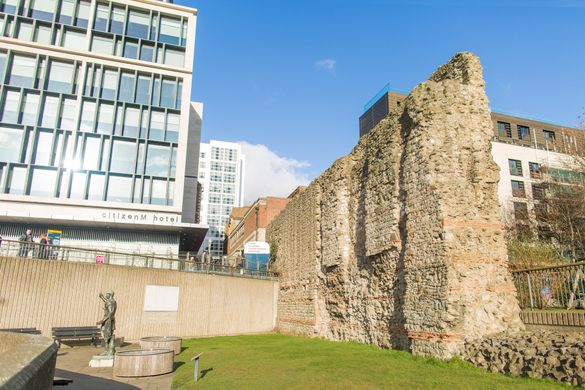
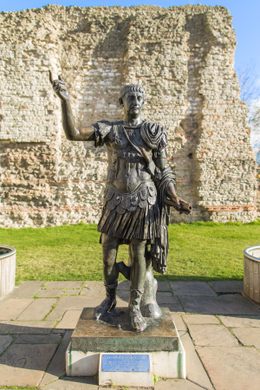
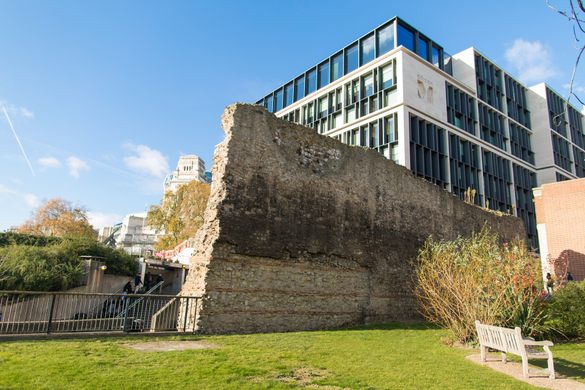

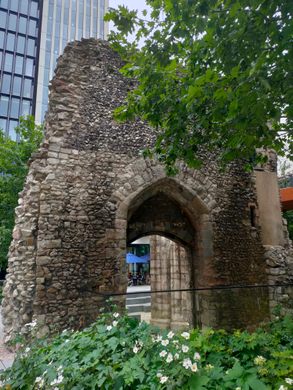





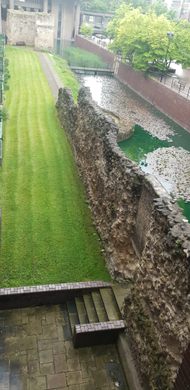




















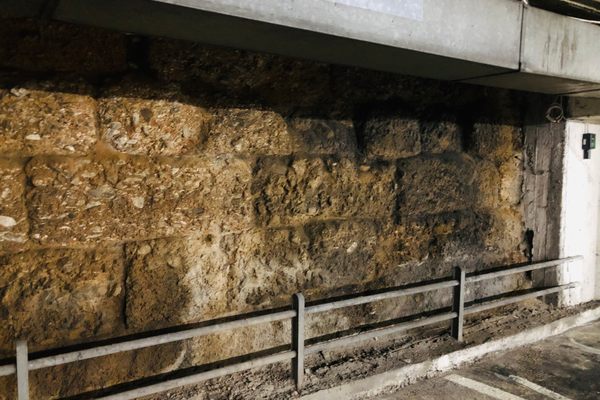


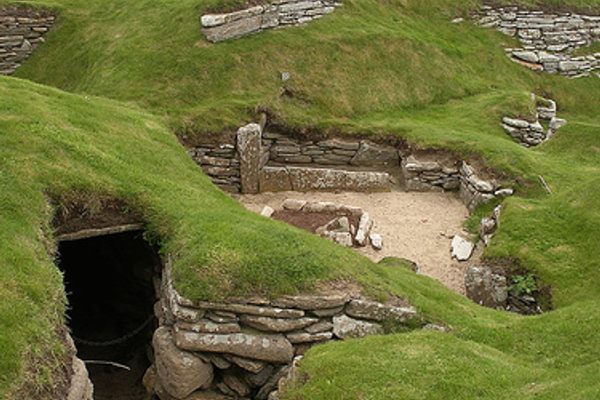

Follow us on Twitter to get the latest on the world's hidden wonders.
Like us on Facebook to get the latest on the world's hidden wonders.
Follow us on Twitter Like us on Facebook